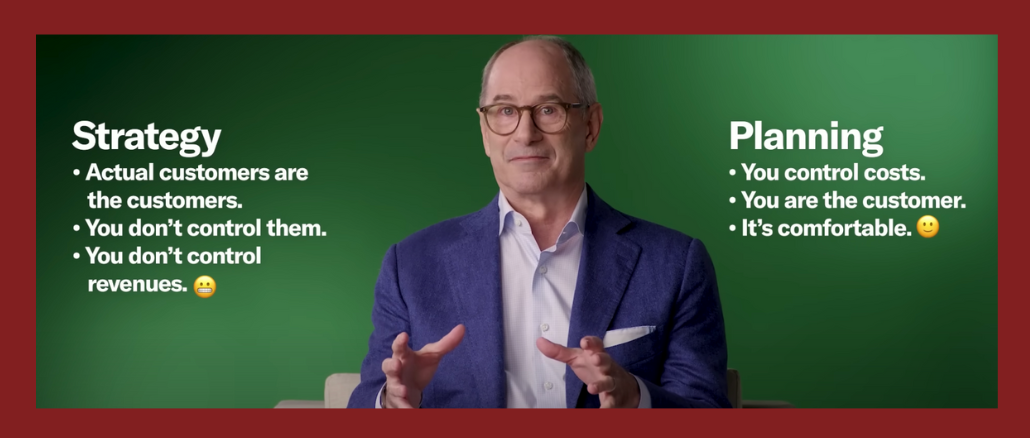Three Business Development Steps to Take Right Now
Have you accomplished at least 10% of your marketing goals for the year? Now that we’re into February, pause and take stock of what you have and haven’t accomplished from your 2023 business development plan. Give yourself credit for reviewing and/or updating your plan, but look for specific actions that you’ve taken that are likely to lead to business and/or to raise your professional profile.
Even if you haven’t yet landed new business this year, you should be able to identify the actions you’ve taken so far, the results you’ve seen, and what ultimate outcome you’re realistically aiming toward. Stop right now and send yourself an email with that information. If you can’t make a cogent statement of activity and accomplishments, schedule time to review and update your business development plan (if you haven’t) and then calendar specific steps you’ll complete this month.
If you can point to progress you’ve made toward your business development goals since January 1, then take a look at these three steps and add, as appropriate, to your calendared BD activity for the next month.
Complete this relationship circles exercise to grow your network.
While a network’s strength lies in strong, reciprocal relationships, you must consistently be meeting people and growing the scope of your business development network. That will, of course, allow you the opportunity of meeting new people who may deliver business or professional opportunities to you. Moreover, as you grow your network, you’ll put yourself in an ever-better position to make referrals and introductions that benefit key contacts.
If your network pipeline feels a bit dry, try this simple exercise. Using the schematic below:
- Select six groups of people you can access easily. These groups might include a professional organization such as AUTM (previously known as the Association of University Technology Managers), a business group such as a Rotary Club, your college or law school group of friends, or the PTA at your child’s school. Write those group identifiers on the lines above each circle. Ensure that there’s a reasonable connection between each group that you identify and your business development plan.
- Brainstorm four to six names of people you should contact in each circle. You’ll end up discarding or delaying many of the opportunities you identify, but you’ll come up with at least a handful of relationships that you may be able to cultivate starting now.
- Calendar a reminder to contact those people and follow through. This exercise will generate a list of people with whom you might develop a beneficial relationship. Designing a plan to deepen your contacts and implementing that plan is up to you—and the particulars should be defined in a thoughtfully-crafted business development strategy.
You can repeat this exercise as often as you’d like, proving that you have a full supply of useful contacts…or that it’s time to join some new formal or informal groups of people.
Keep your eyes on the economy – your clients certainly are.
Clients almost always appreciate proactive communication. In today’s environment, one topic that nearly every client will be watching is the economy. That has two consequences for you.
- Couch your advice with an eye to the economy and the effect your client will likely experience. Tailoring advice based on financial exposure is something that you should always be doing, but when the financial pundits are discussing whether a recession is on the way or already present, that’s more important than ever—even if your clients don’t specifically raise financial considerations. You’ll put yourself in good stead when clients know that you’re conscious of what matters to them and seeking to focus your work accordingly.
- Stay current with your billing and collections. Think back to the beginning of the pandemic, and you’ll see how quickly a client’s generous budget can dry up due to a change in external circumstances. Don’t put your practice behind the financial eight-ball by letting billing slide.
Review Denney’s 20 Marketing Maxims.
Having practiced law for some 45 years and then consulting on matters including business development, Bob Denney was recognized as a leader in strategic planning, leadership, and management. He had a talent for providing a great deal of insight in just a few words, and that’s perhaps best demonstrated by his Twenty Marketing Maxims.
You’ll benefit from reviewing these fundamental principles of business development, but don’t stop with just a review: ask yourself whether you’re implementing each maxim and how you might adjust your business development activity to better reflect it.








